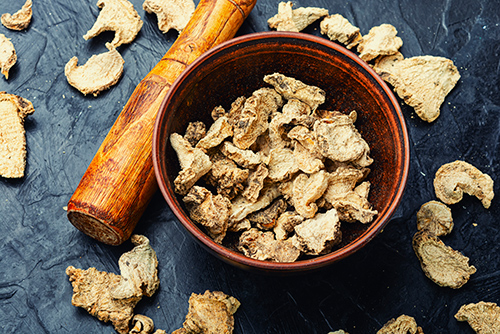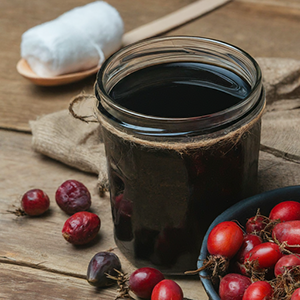Contents
Do not mistake the poisonous black briony plant for sarsaparilla, a creeping plant with red berries (those of sarsaparilla are edible). The difference between the two plants is that the black briony stems do not have spikes and are darker in color.

Black Briony Scientific Facts
- Scientific name: Tamus communis L.
- French: Tamier, herbe aux femmes batues.
- Spanish: Nueza Negra.
- Environment: It grows in shady forests and slopes in Central and South Europe.
- Description: This is a climbing plant of the Dioscoreaceae family (which receives its name after Dioscorides), growing up to 4 m high. It has a fine, stretched stem that sticks to other plants and heart-shaped leaves, and its fruit is bright red berries.
- Parts of the plant used medicinally: The root.
Black Briony Healing Properties

The root is enormous (up to 10 kg) and flour-like. It contains an alkaloid, diosgenin, which makes the plant extremely irritant when taken orally. However, in local applications, black briony has remarkable vulnerary properties: It heals bruises and makes hematoma under the skin disappear. Therefore, it is known as herbe aux femmes batues (herb of beaten women) in France.

Warning
When used internally, the entire plant, including its fruits, is poisonous. In case of poisoning, induce vomiting and administer charcoal.
How to use Black Briony
- Poultices with roots, ground, and boiling are applied thrice daily to the bruised area or the hematoma.
DISCLAIMER: All content on this website is presented solely for educational and informational objectives. Do not rely on the information provided as a replacement for advice, diagnosis, or treatment from a qualified medical expert. If you are pregnant, nursing, or have any preexisting medical concerns, talk to your doctor before using any herbal or natural medicines.
REFERENCES
- George D. Pamplona-Roger, M.D. “Encyclopedia of Medicinal Plants.” George D. Pamplona-Roger, M.D. Encyclopedia of Medicinal Plants. Ed. Francesc X. Gelabert. vols. 2 San Fernando de Henares: Editorial Safeliz, 2000. 679. Print.
- https://pubmed.ncbi.nlm.nih.gov/22274801/
- Fernández, J., Silván, A. M., & Cordero, C. P. (2012). Evaluation of the anti-inflammatory activity of plants used in traditional medicine of the province of Cádiz. Journal of Natural Products, 75(5), 886-891. https://pubmed.ncbi.nlm.nih.gov/22274801/
- Reference: https://pfaf.org/user/Plant.aspx?LatinName=Tamus+communis
- National Center for Complementary and Integrative Health (NCCIH): https://www.nccih.nih.gov/
